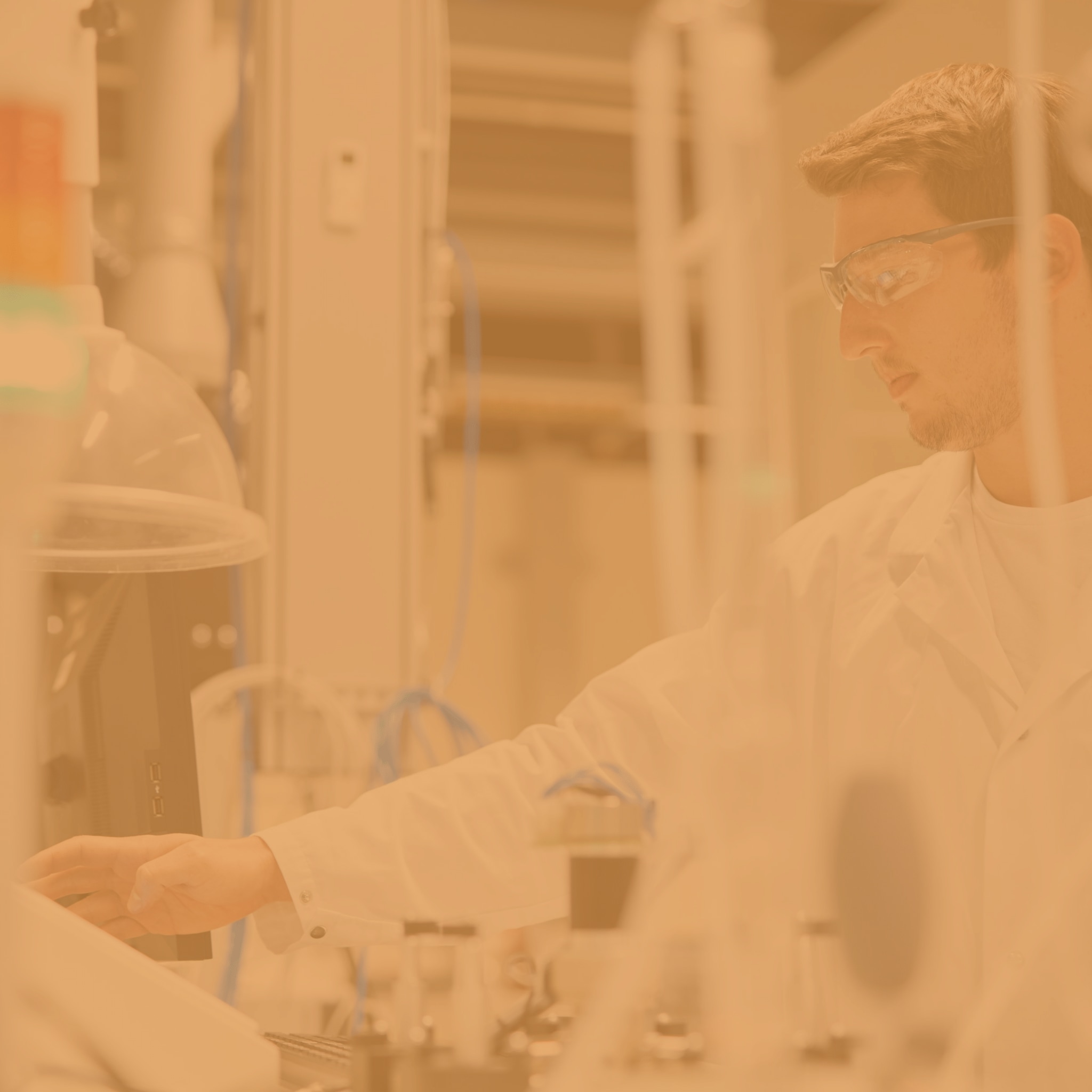Toxicological studies are one piece of overall product assessment
Toxicological studies provide a good indication of the risk reduction and the confidence to move forward with clinical studies. From a regulatory standpoint, the main purpose of certain toxicology assays is to provide data for regulatory agencies on whether our products meet the defined acceptability criteria. These criteria include requirements for manufacturing and are prerequisites to clinical studies.
Clinical studies, and later steps in the assessment program, are key to understanding the reduced-risk potential of a smoke-free product. We also take toxicology assessment a step further by using systems toxicology, which seeks to explain the relationship, or mechanism, that connects the initial exposure to the resulting effects.
Of course, just as aerosol assessment alone is not enough, toxicological data are also not sufficient to prove that switching to a smoke-free product is of reduced risk compared with continued cigarette smoking. Specially designed clinical studies are required to answer such questions and, combined with an understanding of how people perceive and use these products, we can see what kind of impact these products will have on population health. We expect that our long-term studies will demonstrate that this impact is a beneficial one.
You can find a summary of our entire product assessment program in the PMI Science Booklet, and our publications, most of which are open-access, can be found via the publications library.
Jump to a specific result from our toxicological studies on THS, or learn more about our methods:



